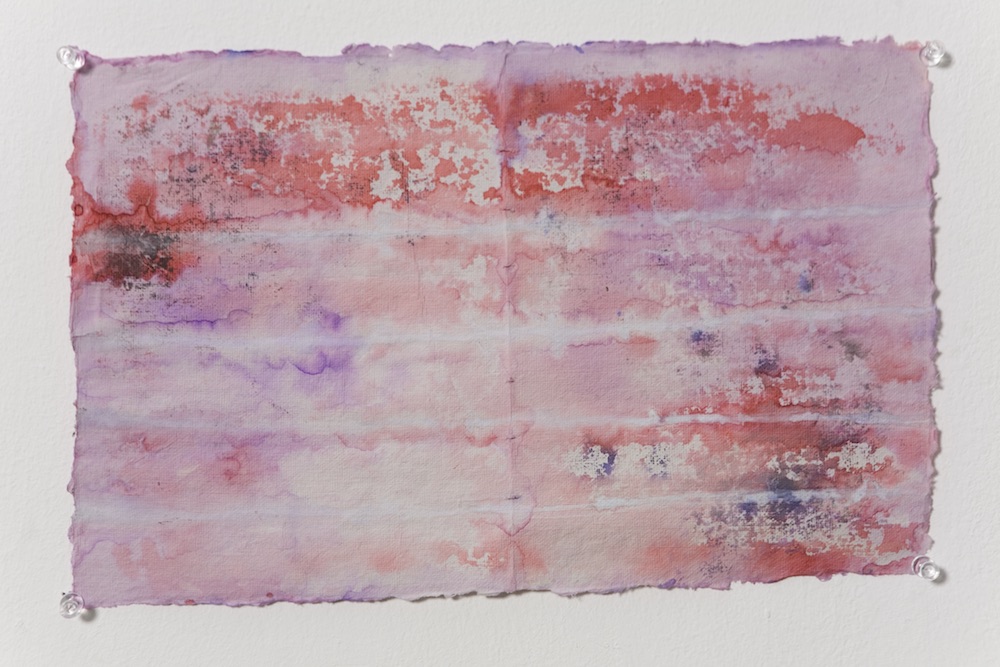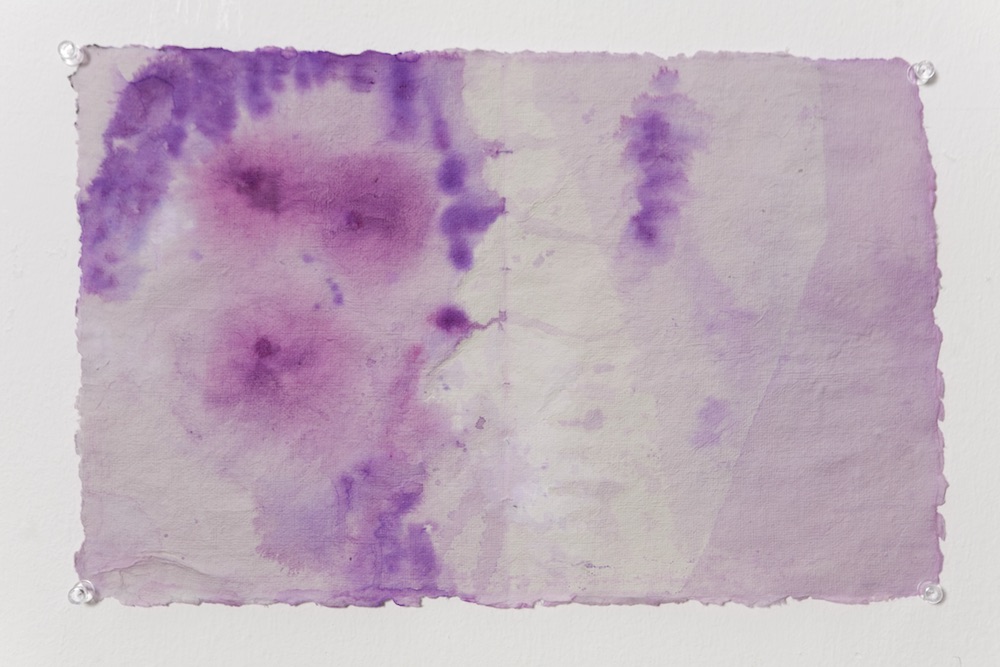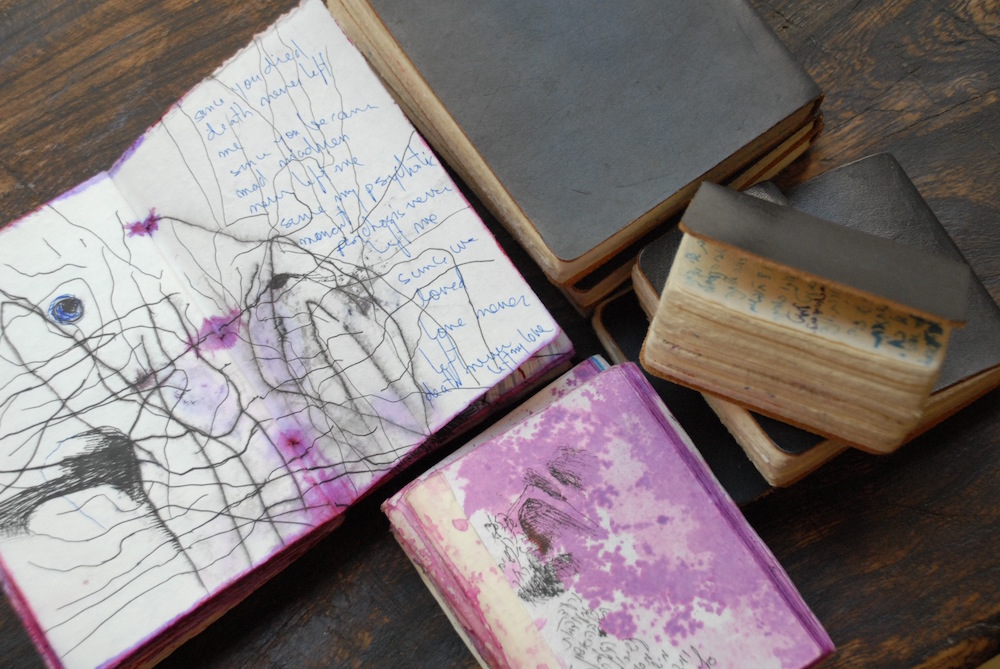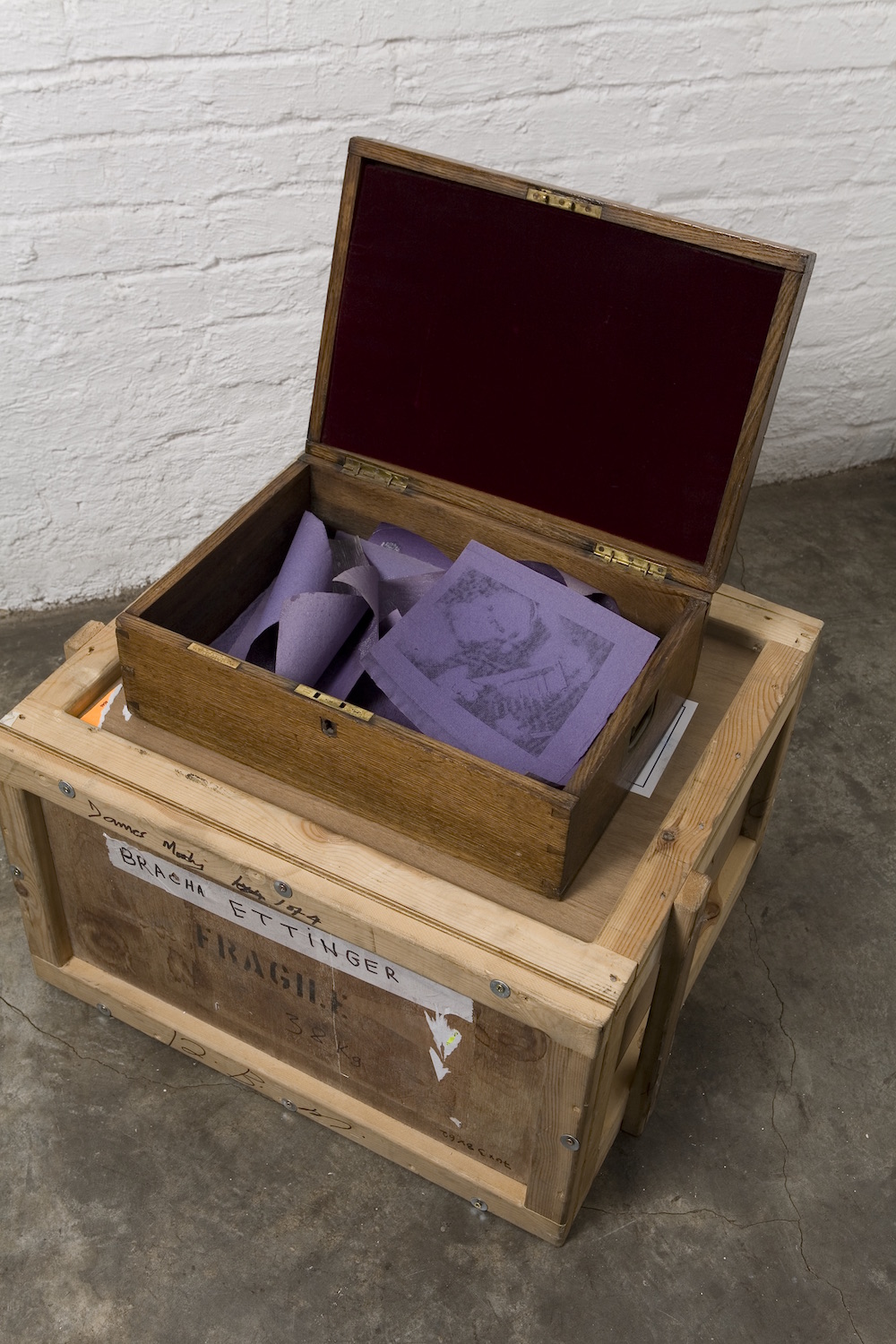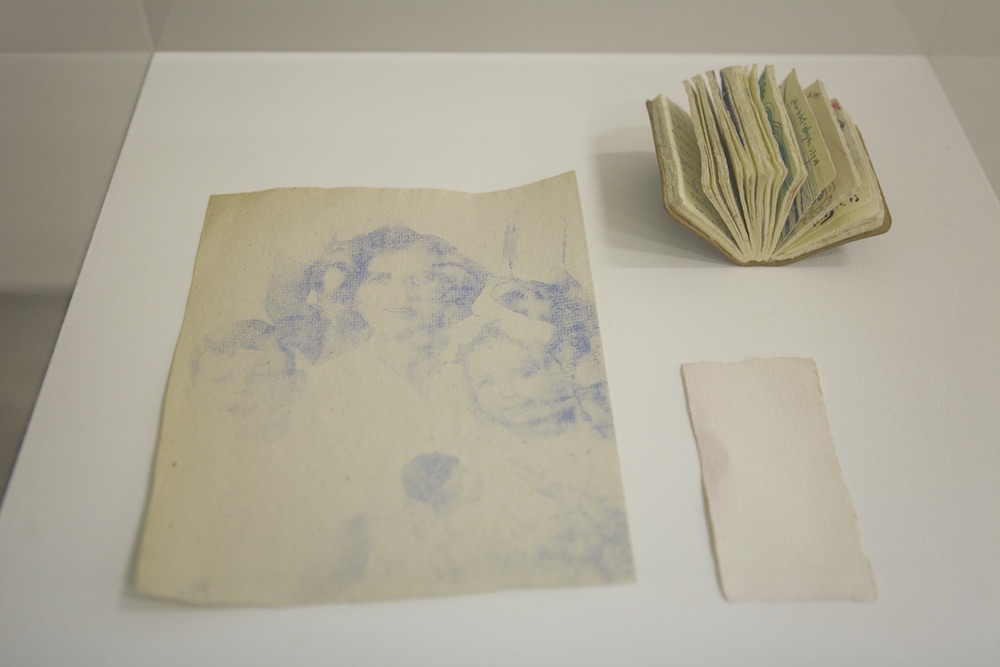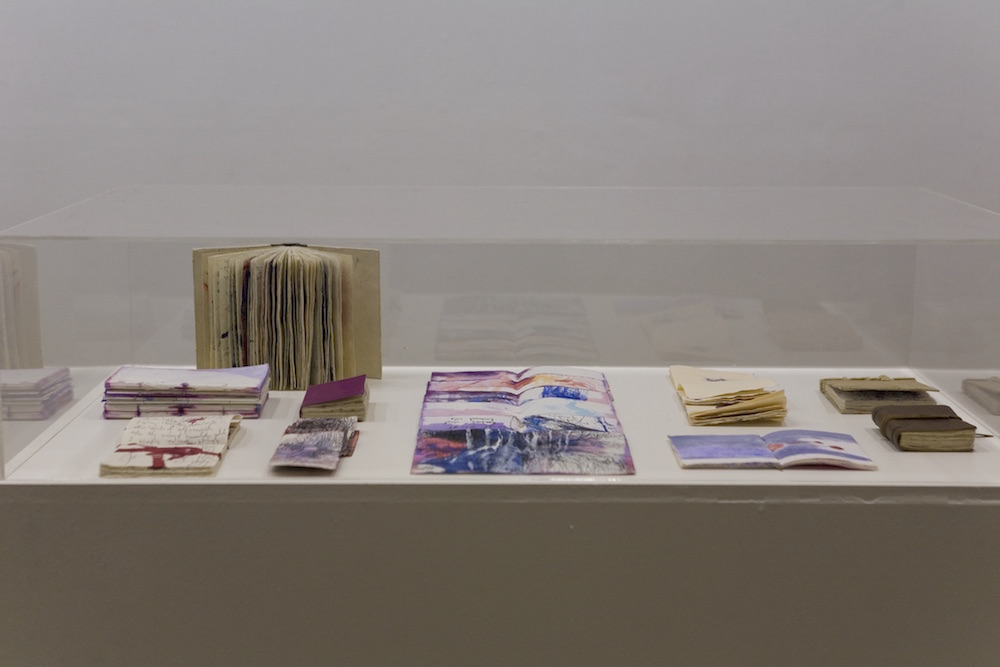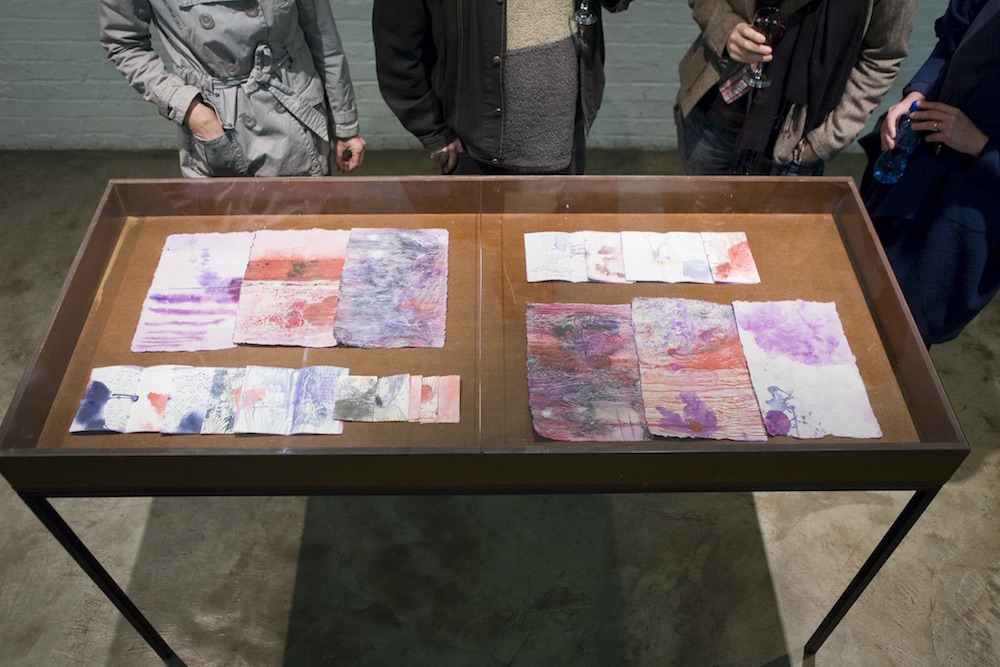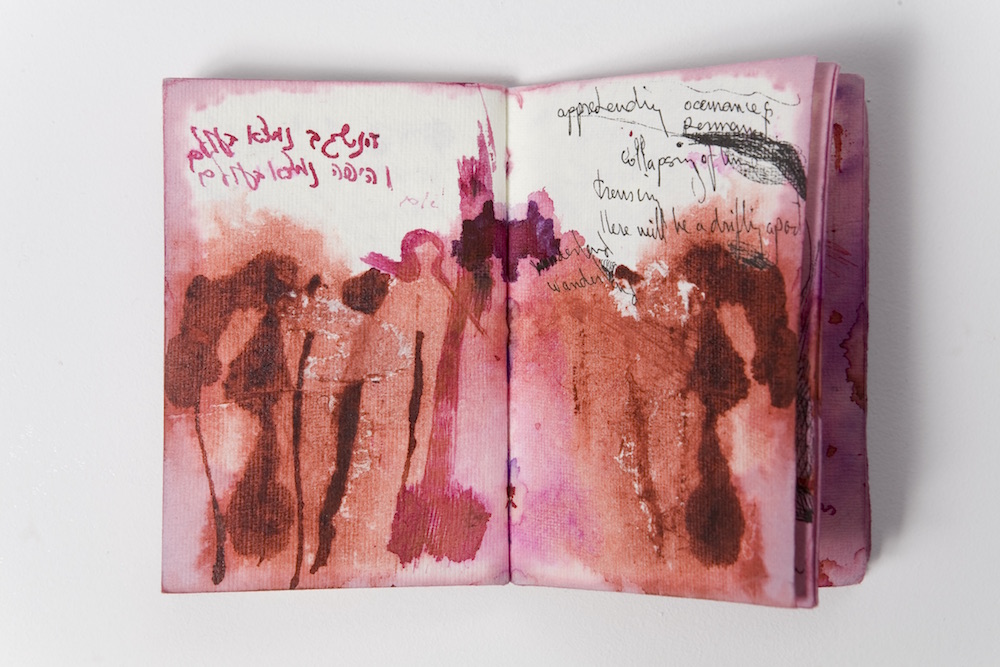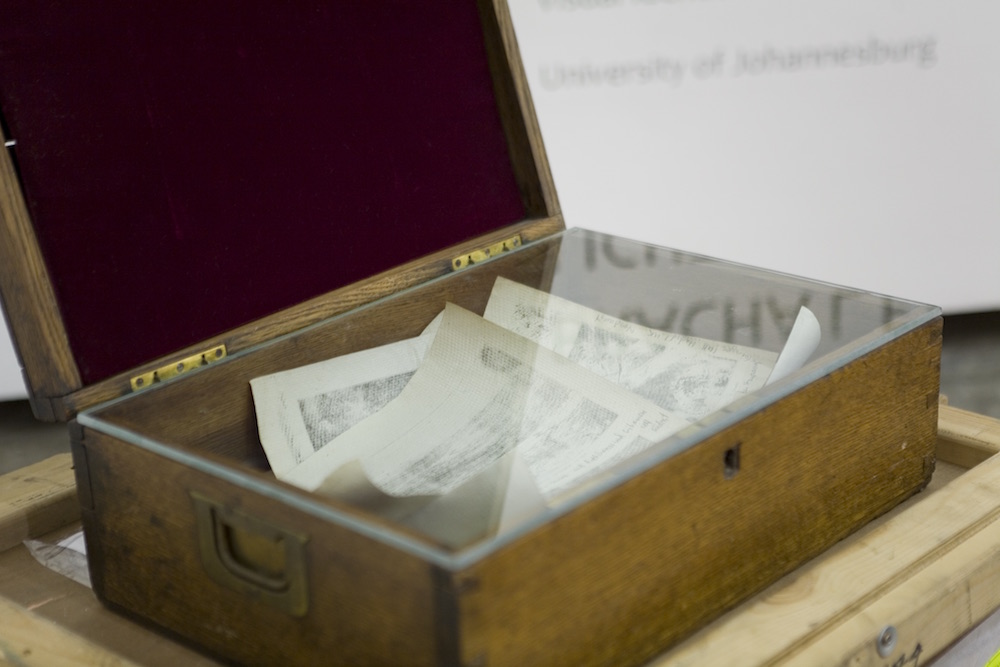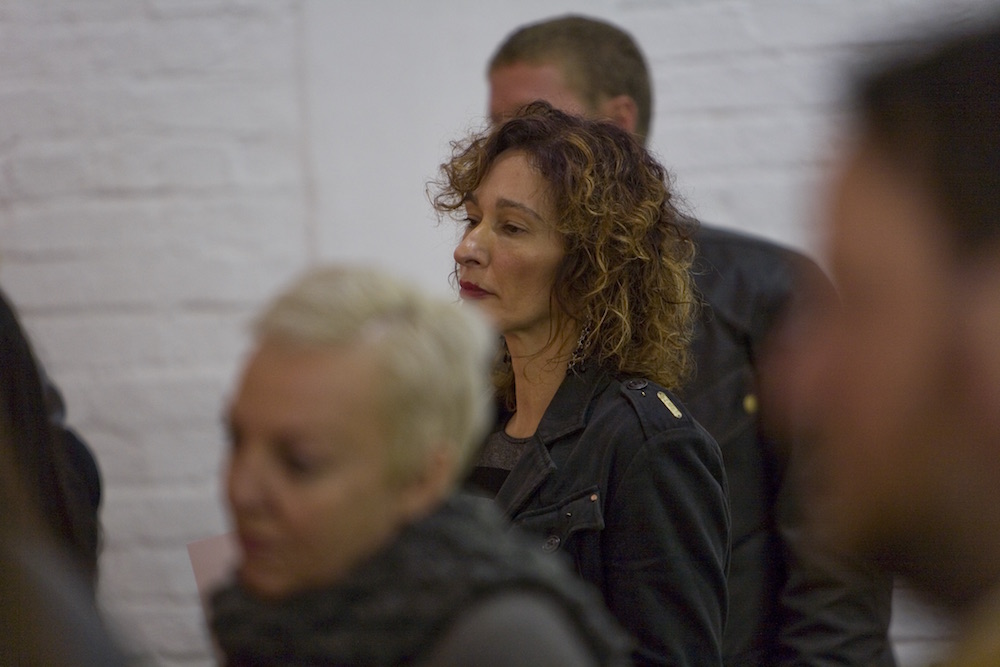LICHTENBERG FLOWER AND MEDUSA
BRACHA LICHTENBERG ETTINGER IN COLLABORATION WITH VIAD
13 – 29 August, 2012 | NIROXprojects Gallery
LICHTENBERG FLOWER AND MEDUSA
The exhibition, LICHTENBURG FLOWER AND MEDUSA accompanied the Pointure: pointing, puncturing, weaving and lacing in art practice and textual discourse colloquium, convened by VIAD. The colloquium, at which Prof Ettinger presented a keynote address, took place on 15 August 2012 at the School of Tourism and Hospitality, University of Johannesburg. Both events were held in conjunction with the Pointure exhibition − curated by Ann-Marie Tully and Jennifer Kopping – shown at the University of Johannesburg Gallery, Kingsway Campus, Auckland Park, from 8 – 29 August 2012.
Bracha Lichtenberg Ettinger is a prominent Israeli/French/British visual artist who divides her time between Paris and Tel Aviv. She holds the Marcel Duchamp Chair and is Professor of Psychoanalysis and Art at the European Graduate School, Saas-Fee. Ettinger is also a senior clinical psychologist, a practicing psychoanalyst, and a theoretician working at the juncture between feminine sexuality, psychoanalysis, and aesthetics. Her enmeshed theoretical and artistic practice has had a significant impact in the fields of art, film, and literary studies, as well as psychoanalysis, queer, and gender studies. In her 'matrixial' theory and language, Ettinger extends upon the work of contemporary philosophers and psychoanalysts such as Emmanuel Levinas, Jean-Francois Lyotard, Gilles Deleuze, Félix Guattari and Jacques Lacan. Although she is often associated with contemporary French psychoanalytical feminism, in her work, she challenges Julia Kristeva’s and Luce Irigaray’s abject formulation of the feminine, rearticulating this maligned genus as a model for thought and discourse. As an artist/psychoanalyst and artist/philosopher, Ettinger is an author of numerous articles and books on psychoanalysis, aesthetics and ethics, including the seminal volume The matrixial borderspace (Minneapolis: University of Minnesota Press, 2006).
Her art practice reflects an engagement with the articulation of the ‘proto-ethical’ potential of art, her re-thinking of subjectivity and feminine difference, artworking and art's object, beauty and sublimity. Ettinger’s art practice is primarily as a painter, working in an interdisciplinary manner that incorporates oil-painting, drawing, photography, poetic notebooks, writing-drawing, conversation, lecturing-performances and encounter-events. Over the past decade, her figural-abstract paintings, artist’s notebooks and other artistic works have had a significant influence on global contemporary art, art criticism and art history. Several books have been dedicated to her artwork, two of which are Art as compassion: Bracha L. Ettinger, edited by C de Zegher and G Pollock (ASP Brussels and MER Kunsthaus, 2011) and Le cabinet de Bracha, edited by P le Nouene (Musee d'Angers, 2011).
Ettinger has held solo exhibitions at MoMA, Oxford (1993); Israel Museum, Jerusalem (1995); Palais des Beaux-arts, Brussels (2000); the Drawing Center, New York (2001); the Freud Museum, London (2009); the Musée des Fundació Antoni Tàpies, Barcelona (2010); Beaux-Arts d'Angers (2011) and Casco, Utrecht (2012). Recent performance/installation and lecturing ‘encounter-events’ have taken place at the ICI, Berlin (2010); Poznańskie Towarzystwo Przykaciół Nauk, Poznań (2011); and the Arts Nova Museum, Turku (2011). She has participated in major international group exhibitions including Feminine Presence (Tel Aviv Museum, 1990); Face a L’Histoire (Centre Pompidou, Paris, 1996); Kabinet (Stedelijk Museum, Amsterdam, 1997); Inside the Visible (ICA, Boston, Whitechapel, London & Art Gallery of Western Australia, Perth, 1996-1997); Aletheia (Konstmuseum, Göteborg, 2003); ARS 06 Biennale (KIASMA, Helsinki, 2006) and Gorge(1) (The Royal Museum of Fine Arts, Antwerp, 2006-2007).
LICHTENBURG FLOWER AND MEDUSA provides a fascinating insight into Ettinger’s pioneering and composite practice, through a selection of artworks in diverse media, ranging from drawings produced from 1987 to 1981; paintings dating from 2004 to 2009; a range of drawings completed during 2010 to 2012 and a series of artist’s notebooks worked on from 2003 to 2012. These artworks embody a porous and rich terrain of aesthetic and theoretical devices such as notions of trace and inscription in the face of digital anonymity; the interplay of mechanisation and mark (‘reprographic’ means), staged alongside the iconography of ghostly and traumatic apparitions ‘becoming’ effaced and palempsestual; the detritus of the unconscious, the prosaic, the unsightly and the unvalourised subject; the notebook as an intersection between the analyst/artist and the residual dialogue with an[Other]; the employment of the photographic image/object as a ground that is diluted through process to that of a fading spectre; and a sense of disembodied relational aesthetics where classical distance and intimacy implode.[1] Ettinger’s luminous paintings mine the physics of light and colour, a liminal terrain where the insubstantial force becomes a rendered and allegorical gesture.[2]
[1] Collated with reference to Bourriaud, N. 2012. Bracha Ettinger: figures of out-off (Hors). Translated by T Bogen. Editing of the translation by J Mulligan. Paris: unpublished.
[2] Manning, E. 2011. Vertiginous before the light. The form of force, in Art as Compassion: Bracha L. Ettinger, edited by C De Zegher & G Pollock. Brussels: ASP (Academic & Scientific Publishers):173-189.


